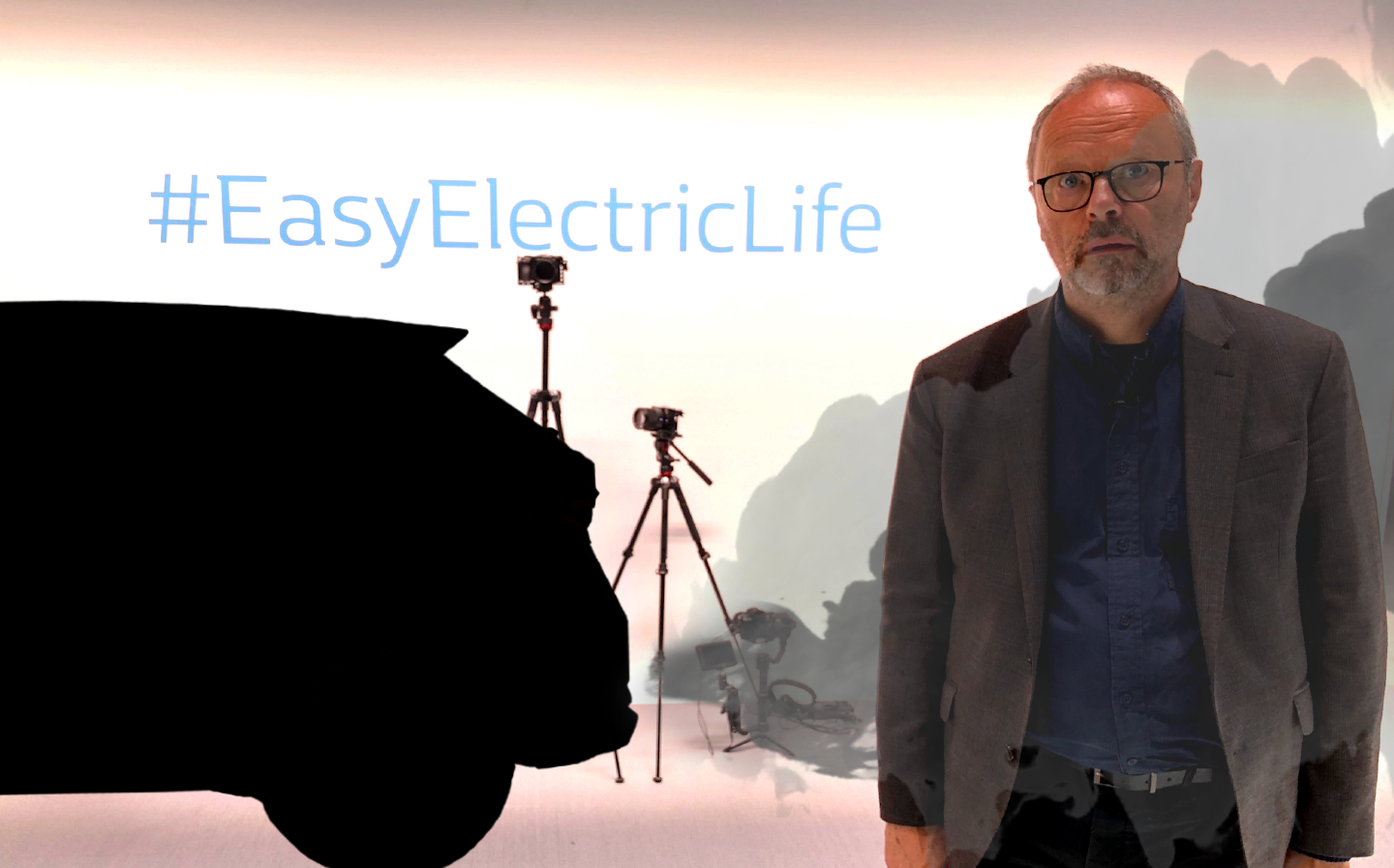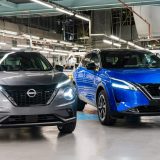Robert Llewellyn: My petrol car hell
In a counterpoint to a recent article entitled “Adam Kay: My electric car hell”, the actor, comedian, writer and electric vehicle YouTuber Robert Llewellyn tries out a petrol car for the first time in 12 years, and finds it thoroughly disappointing
There have been numerous articles and opinion pieces in the past six months about the perils of electric car driving. They generate eye-catching headlines as wittily observant opinion-makers explain the nightmares they’ve experienced while trying to use electric vehicles. The most recent being a piece in the august pages of The Sunday Times Magazine by the bestselling author of This Is Going to Hurt, entitled Adam Kay: my electric car hell.
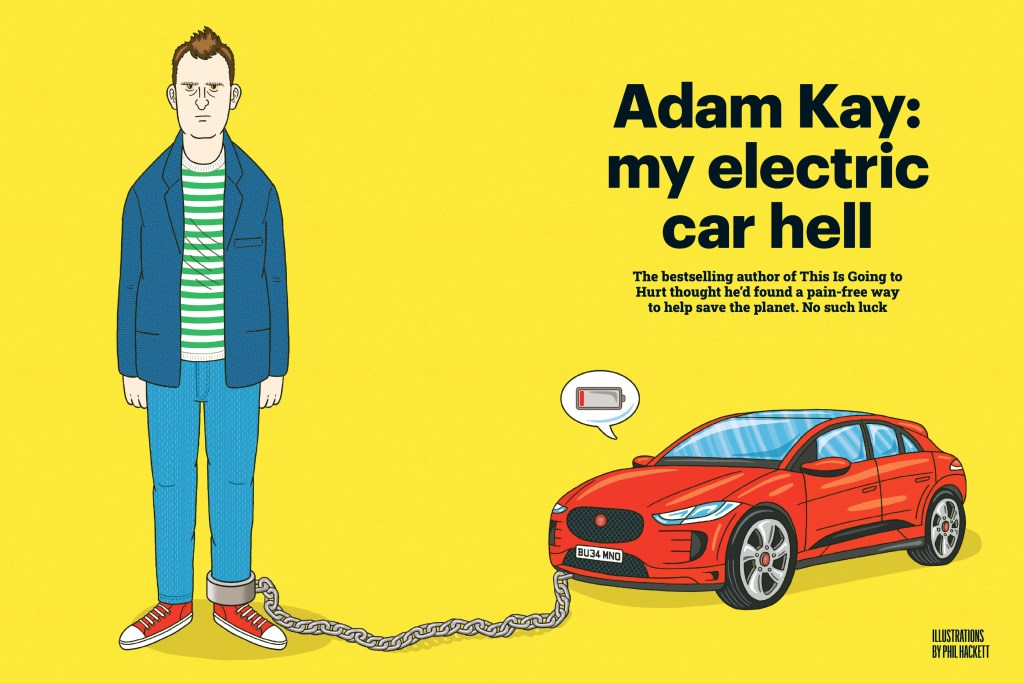
Although the headlines often give the impression of endless problems, very often the articles are quite positive, but a negative headline sticks and that’s the message we’re getting.
No doubt some find this barrage of negativity reassuring, however there are many more electric cars on the roads in the UK today than there were 10 years ago – one in five new cars sold this year has come with a plug, and there are reckoned to be somewhere around 150 electric vehicles available to choose from already, with a projected 200 by the end of 2022. The general trend is fairly clear.






Many of the negative stories state in their final paragraphs, “Yes, the future is electric but we’ve got a long way to go yet.”
I totally agree, actually. But we have come an amazingly long way in the last 12 years and being told “They’re not ready yet” allows us all to breathe a sigh of relief; we don’t have to change anything just yet, we can carry on driving combustion-engined vehicles for the next 10-15 years.
That’s always the subtext of the message and I have heard from hundreds of people over the years that once electric cars can do X or Y, that’s when they will get on board.
Well, from what I’ve learnt interviewing climate scientists, energy company CEOs, engineers, doctors and other experts over the years, that’s flawed thinking. And actually, burning fossil fuels in combustion engines is rubbish technology anyway.
But to be honest, I’d forgotten quite how rubbish combustion engines are. Before May this year it had been over 12 years since I had driven a fossil-burner, which is why I thought it only fair to get back behind the wheel of one again, to mirror the famous “I tried an electric vehicle and this is what happened”-type article.
I didn’t want to do it for too long, mind. Maybe three days would be enough to refresh my memory without doing too much harm to the planet, and my sensibilities.
The question was, what car to go for? After numerous discussions with motoring journalists about which car would be a fair comparison to the Tesla Model 3 I normally drive, the most likely candidate seemed to be the Audi RS 6 Avant. In terms of power, acceleration and practicality, it was fairly close to the Model 3 I was told.
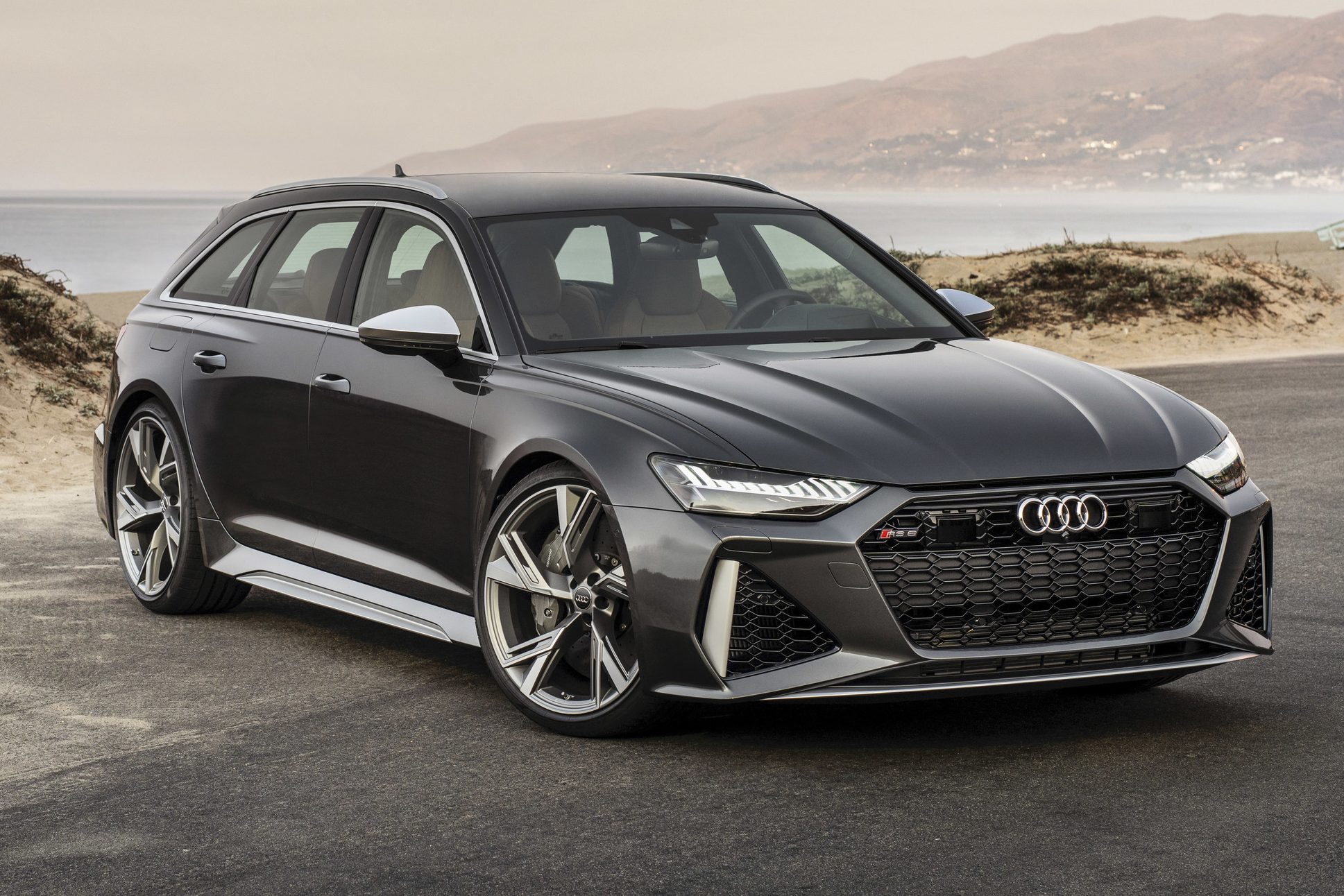
It’s nowhere near in terms of cost, though. The Tesla Model 3 starts at around £50,000 which is eye-wateringly expensive until you consider that the RRP of the Audi RS 6 Avant starts at £95,080.
And the Audi is a ridiculous high-end sports car crossed with a family estate, so if I used this for a ‘like for like’ comparison it would inevitably be seen as unfairly weighted against the petrol car. I can and regularly do cover 250 miles in the Tesla Model 3 for £12 or less.
That is using an off peak night time tariff of 5p per kilowatt hour (fixed until September, when it rises to 7.5p/kWh). To drive 250 miles in the Audi RS 6 Avant would cost £102.
I could compare fuel costs by only using a rapid charger to refill the Tesla. But at 65p a kilowatt hour that 250 mile journey would still only cost me £37.50.
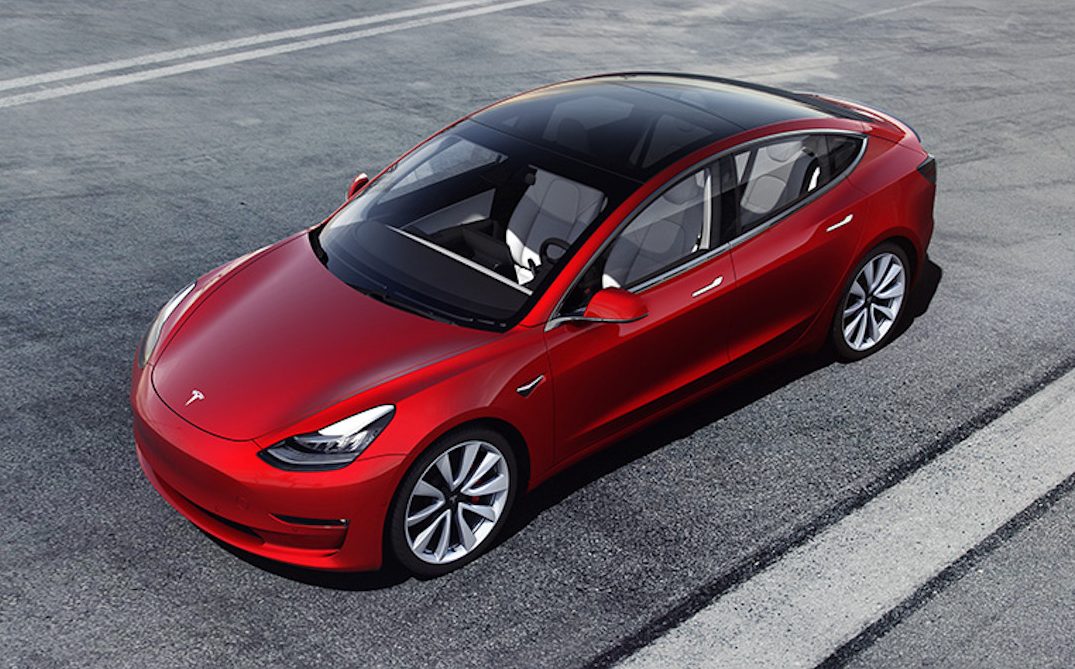
It might sound smug of me to mention here that I can and regularly do add hundreds of miles of range to the Tesla just from the solar panels on my roof. That means I’m not paying my energy supplier anything at all.
Now, if you’re screaming at your screen that the cost of the car and the panels mean it’s not free, well of course, but in comparison to importing and refining fossil fuel, and then burning it in a car you’ve paid for, it’s kind of close.
So in the interests of fairness, instead of the absurdly expensive and inefficient Audi getting around 22mpg, I chose a much cheaper, much more efficient petrol car. An affordable, mid-range four-door saloon. But I’m not going to reveal the make or model here as I don’t want to denigrate any particular brand.
Let me just say this: it was dreadful.
May 30, 2022
I hired the car in Bristol as this is where the offices of the Fully Charged Show are.
Immediately, this very new, manual transmission, 100% petrol car was a bit of a culture shock. You can’t just select forward and drive off, as you can in the Tesla; you have to start the engine.
It makes a lot of noise and after the engine starts running you don’t move, you just sit still as it burns fuel doing nothing, just sitting there ‘ticking over’. And while it’s not moving anywhere, it’s pumping out actual carcinogenic, toxic, particulate-riddled gasses that can literally kill you. And apparently that’s fine for a lot of people.
Once moving, I had to repeatedly remember to push in the clutch before coming to a stop. I struggled to recall that these cars have no regenerative braking, which electric cars use to recapture energy usually lost as heat from braking back into the battery. Petrol cars burn fuel to get going and then recoup literally nothing as they slow down, which seems potty to me these days.
Aside from the noise, there was the heat and vibration; all things I had completely forgotten about.
I struggled with endless gear changes and clutch depressions as I made my way through Bristol and eventually got onto the M32, heading north towards the M4.
And the acceleration! When I drive up a slip road and join a motorway in the Model 3, I can reach 65-70mph in the blink of an eye. No gear changes, no strain or anxiety. I can focus on the traffic situation and safely join the flow without disturbing other drivers.
Not so in this whining, screaming, straining 1.5-litre petrol car. I had to absolutely floor it in a panic, change gear again and again, and still hadn’t reached a safe speed. I don’t recall how many times I rowed the gearlever back and forth before daring to slip into the fast-flowing motorway traffic.
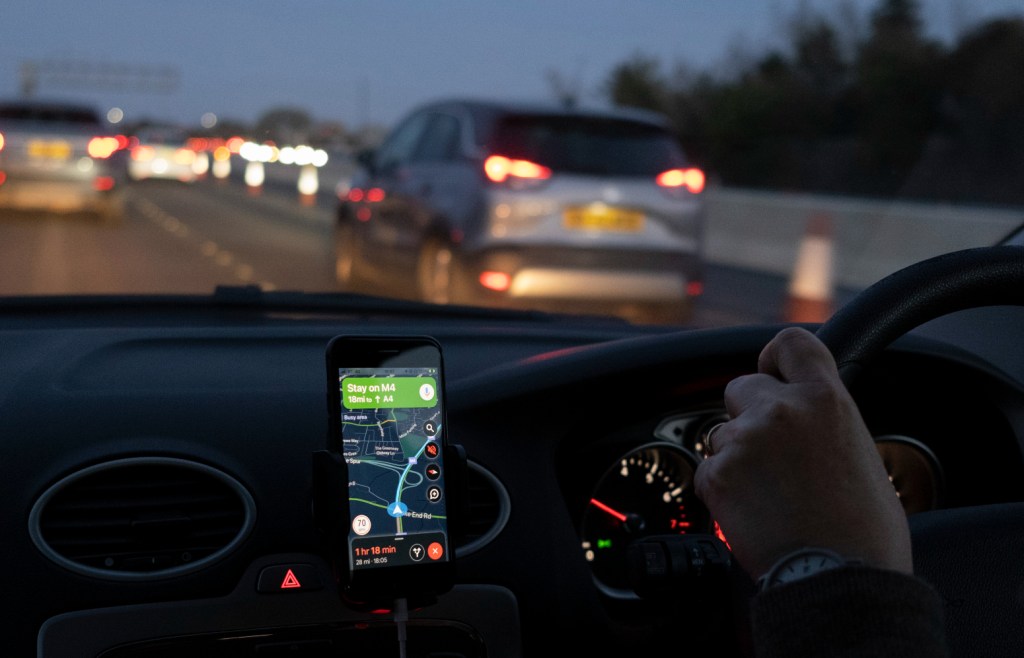
I will admit once I was on the motorway and confident I had engaged 5th gear, everything calmed down. As with all cars regardless of the powertrain, interior, performance, noise levels or handling characteristics, I settled into what we do for most of the time we drive cars: sit behind someone else in another car, van or truck on a motorway for hours and hours.
I covered 168 miles on that initial journey. My Google Maps estimate (on my phone) for this journey was four hours. I had to stop for food, a comfort break and to stretch my legs, so my total journey time was 5 hours 40 minutes.
Now, to be fair to the little petrol car, I didn’t even glance at the car’s fuel gauge on that first trip. I wouldn’t discover the fuel efficiency of this car until later, but I’ll admit I had zero range anxiety that day.
I also had to use a calculator to work out the range of this car because no one ever discussed range in 45 years of driving combustion cars. It just wasn’t a thing.
And due to a brilliant bit of carefully contrived obfuscation, petrol is priced in litres and yet we still calculate its use in miles per gallon. For decades very few of us have been aware just how insanely wasteful driving a fossil burner has been. It’s only recently, since the man we send £16 billion to every year to pay for oil and gas decided to invade one of his neighbours, and with the price of filling the average family car up with petrol rising above £100, that people have really started to notice the cost.
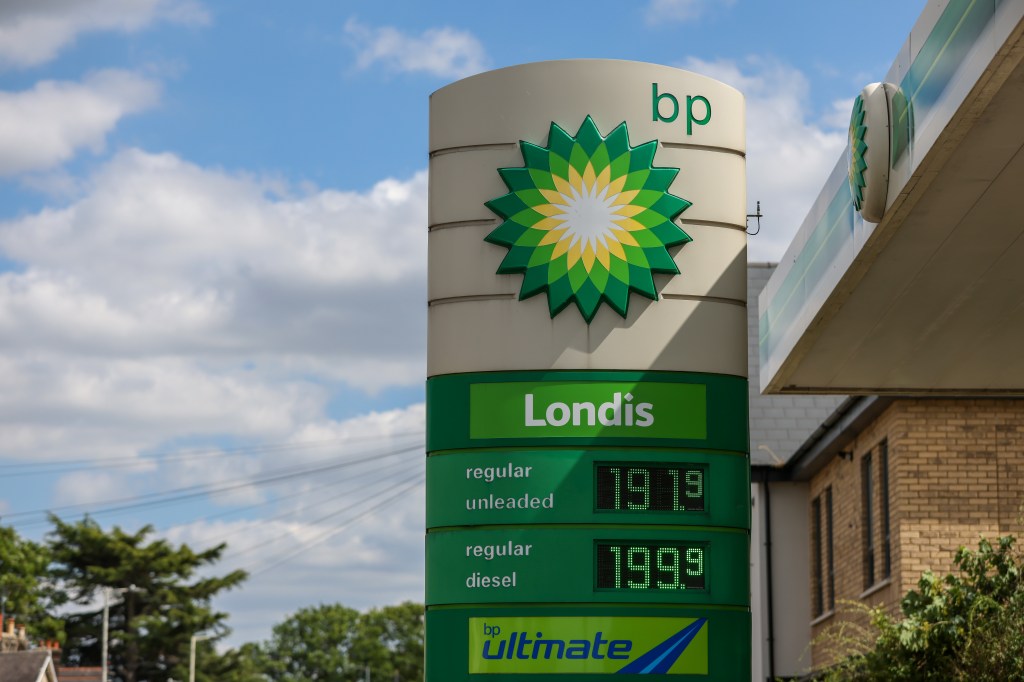
Anyway, the car I drove has a 50 litre or 11 gallon fuel tank and gets around 45mpg according to numerous drivers who know the car well, so that means it has a ‘range’ of just short of 500 miles. Much farther than any Tesla, no argument there.
Interestingly, those who have never driven an electric vehicle will always ask about the range but people who drive them all the time never mention it. In my experience it’s not an issue of concern after a few days of driving electric. You get used to it, you can manage a slightly reduced range, and you quickly learn how to ‘re-fill’ in the many available locations.
The competition and markets authority reckons we need 10 times the number of charging points by 2030, which may be true if we’re to meet demand, but today there are plenty of places to top up if you know where to find them… and after a only little while with an electric car, you do (Zap-Map is a good place to start).
May 31, 2022
I had to travel to London for work. Normally that would mean catching a train but because I had the petrol car for a limited time I decided to drive. I laughed at my own stupidity when I went out to the car in the morning and automatically reached for the charging cable; of course, there wasn’t one.
The mirth changed to disappointment when I realised the fuel capacity and therefore range was exactly the same as it had been the night before. Had I been using the Tesla, it’d be full to the brim again but with the petrol car, not so. All those hours while it wasn’t in use, wasted.
I drove a further 180 miles that day. Absolutely nothing to report, the car was fine. I didn’t enjoy driving it but it was perfectly adequate.
Even though a modern petrol car doesn’t fall foul of the Ultra-Low Emission Zone in central London, I was very careful to steer clear of it anyway, so that I wasn’t pumping exhaust of any kind into a heavily-populated environment. I would have had to pay the London Congestion Charge in the petrol car, which you avoid in an EV under the Cleaner Vehicle Discount, so that’s an extra £15 daily charge for anyone with an ICE (internal combustion engine).
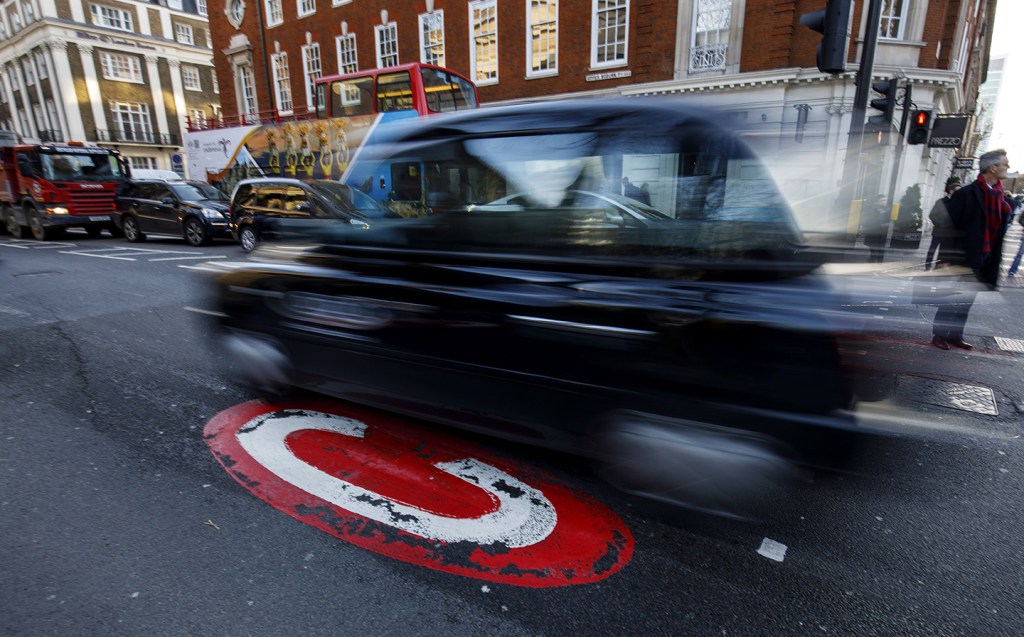
I parked by Hillingdon Station and caught the tube into central London, then returned and drove back that night. Easy peasy, no problem, no stopping to charge, just boring motorway driving.
June 1, 2022
I had to drive a further 70 miles to a remote location to film a revisit to an early electric car, the Tesla Roadster. I first drove this vehicle back in 2010 and it was a fascinating reminder of how things have moved on in that 12 year period.
On the way home after the shoot, I had to stop to buy petrol. I want to remind readers I hadn’t opted for the high performance, high consumption equivalent of my electric car, I’d chosen an ‘economy’ model.
A car that can genuinely get 45 miles to the gallon is an incredible achievement in a combustion engine where 70% of the fuel used is wasted. That’s not me trying to make a point, that’s a simple fact. A modern, efficient petrol combustion engine is about 30-35% efficient, according to the US-based AAA motoring organisation. The other 65-70% you pump into the tank is wasted as heat, friction and other “parasitic losses”. Think about the plethora of energy-sapping peripherals, cooling systems, fuel pumps, gearbox and transmission, exhaust controls, catalytic converter, etc.

By contrast, the American Office of Energy Efficiency and Renewable Energy reckons electric vehicles are more than 77% efficient, meaning 77% of the energy you put in from the grid goes to the wheels. (Incidentally, they think petrol car efficiency can go as low as 12%… but that’s Murrica for you.)
In all, I had driven 418 miles in three days. That’s above my average but all the trips were work related.
Then I had to drive to a petrol station to fill the tank, and for the privilege I had to pay £89.10p. I was gobsmacked. Basically 90 quid! The last time I regularly bought petrol, a tankful was around £40.
If I used £90 worth of electricity, even at supercharger rates of 65p/kWh, I could buy 138kWh and drive 579 miles.
But the really big, critically-important difference is I have zero choice as to how I refill a petrol or diesel car – costs vary somewhat depending on the garage, but not hugely. By contrast, I have an amazingly wide choice when it comes to filling an electric vehicle.
If I charge an electric car at my house, in winter, using my off peak night time tariff of 5p/kWh, I would be able to drive 7,200 miles for £90. If I charged the car during the summer, during the day, using only solar, well it just gets really embarrassing.
So, I’m glad I had a clunky, noisy and dirty petrol car for three days just to remind myself why I went through all the pain and hassle of early electric car adoption. And I can say, hand on heart, when I returned the car and picked up my electric one, it was a massive relief.
An electric car is just a better, simpler, cleaner, more sustainable technology.
Yes, the public charging infrastructure needs to expand and be more reliable, and it is doing so. It has to; it is an environmental, social and economic imperative.
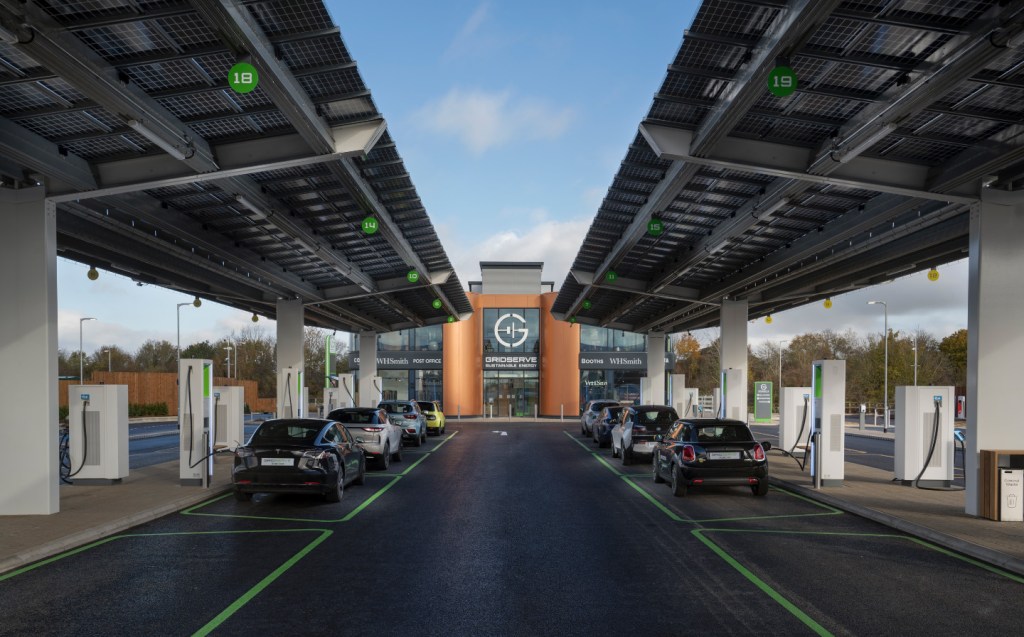
And yes, we need more technological innovation to make charging seamless, painless and frictionless. This is happening because the people who do it successfully will make money.
The ideal scenario is putting charging sockets at every space you can park a car, everywhere. Always.
Then make sure all buildings and car parks are covered in solar photovoltaic panels. All houses with off street parking need solar PV and car chargers, too.
Worried about the grid not coping with increased demand? Well don’t. That’s not me saying it to make a point, the engineers at the National Grid are constantly repeating it, like a mantra. They’re on it.
It’s worth remembering that back in 1908 you had to buy petrol in a one gallon can at a chemist shop and by 1920 there were a few ‘petrol stations’ with pumps around the country. By 1950, there were thousands.
We are at about the same point as combustion cars were around 1920, we are dealing with an incomplete infrastructure, but in the next five years that is going to transform.
As an economy we will see direct tangible benefits as we send less money out to buy foreign fuel that is heavy, dirty, and economically and politically volatile. We will employ more people in this country to produce the electricity we need and maintain the systems that deliver it.
We will see battery cars with bidirectional charging (meaning they can send out electricity to your home, local area or grid as well as receive electricity) that can help balance the grid at peak times meaning we’ll need less generation, not more.
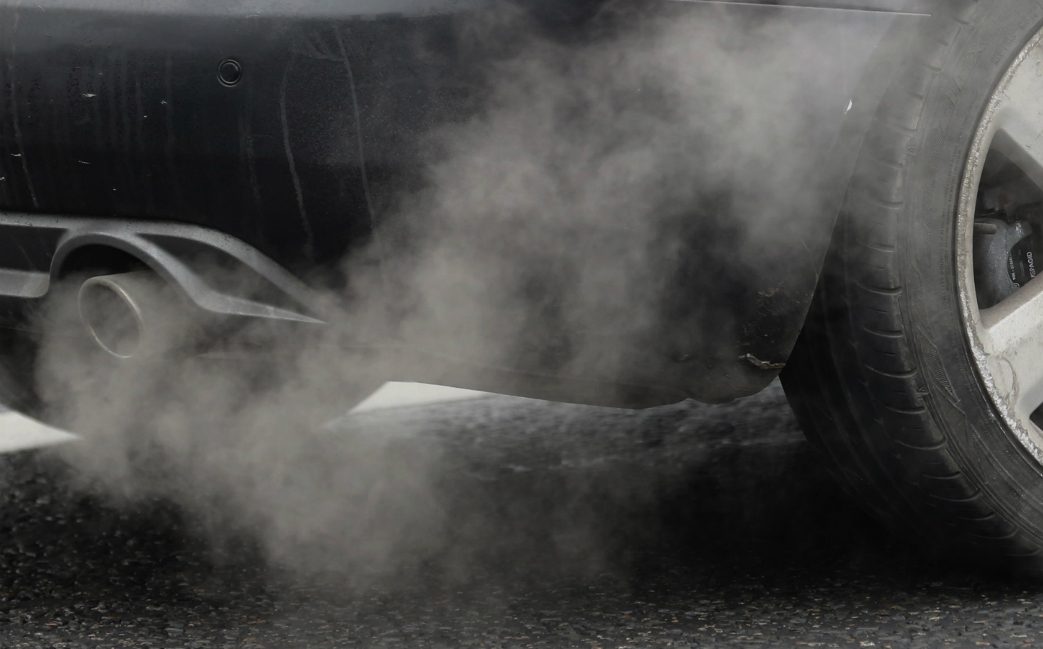
And one day, a long time from now, an old man will explain to a child that yes, there was a time when people sat in machines where hundreds of explosions took place inside a very hot metal box called a combustion engine, and dangerous gas came pouring out of those machines and at the time everyone thought that was normal.
I seriously think it’s time we moved on.
Robert Llewellyn is an independent writer, broadcaster, actor, comedian and electric car advocate who founded the Fully Charged YouTube channel in 2010. He submitted this article in response to Adam Kay’s account of living with a Jaguar I-Pace, published in The Sunday Times Magazine on July 10, 2022. His views are his own.
Related articles
- After reading Robert Llewellyn’s account of driving a petrol car for the first time in 12 years you may like to check out our electric vehicle news stories
- Also take a look at our latest EV reviews
- And click here to see all the car makers’ electric vehicle plans
Latest articles
- Best hot hatchbacks to buy 2025
- Aston Martin Valhalla supercar gets 1,064bhp from mid-mounted V8 and three electric motors
- F1 2024 race reports: The thrilling season as it happened
- Carmakers accused of poor human rights reporting on battery supply chains
- 31 of the best Christmas gifts for car lovers 2024
- Extended test: Genesis Electrified GV70 2024 review
- How Volvo and Bowers & Wilkins bottled the Abbey Road sound and poured it into the EX90
- Five best supercars to buy in 2025
- Best-selling cars 2024: The UK’s most popular models of the year


